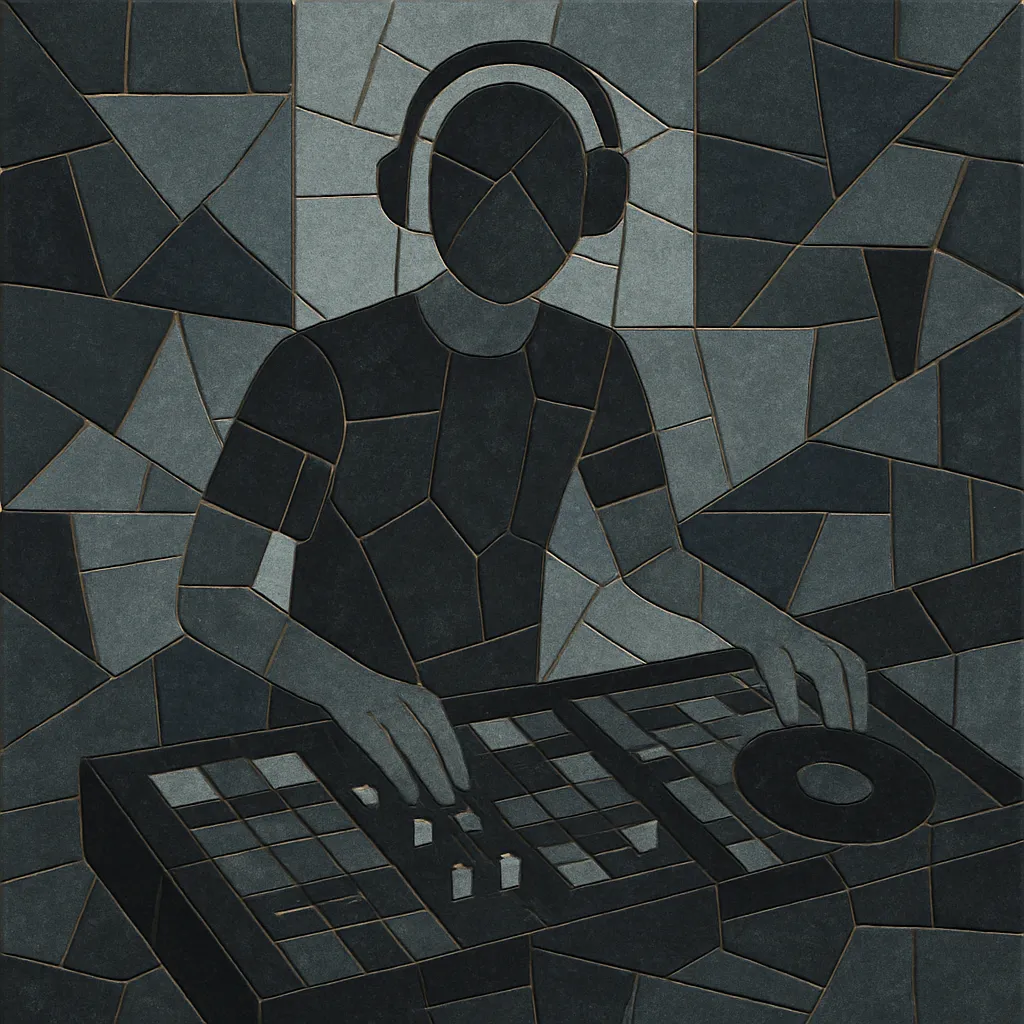Minimal techno is a stripped-down, precision-focused branch of techno that emphasizes space, repetition, and subtle change over time. It typically uses a small palette of elements—kick, hi-hats, sparse percussion, a bass pulse, and a few tonal stabs or textures—and relies on micro-variations, dynamics, and timbral modulation to create movement.
Rather than dense layering, minimal techno foregrounds negative space and groove, often highlighting the interplay between a hypnotic 4/4 kick and minimal percussive details. The result is a deep, immersive club sound where patience, restraint, and nuance are central to the aesthetic.
Minimal techno grew out of Detroit techno’s machine-funk and the conceptual economy of musical minimalism. In Detroit, Robert Hood’s releases—especially Minimal Nation (1994)—codified a radically reduced approach to techno, stripping arrangements to their rhythmic and timbral essence. Daniel Bell (DBX) similarly championed sparse, sinewy rhythms and vocal fragments, while contemporaries like Jeff Mills sharpened the focus on precision and repetition.
In parallel, Berlin’s Basic Channel (Mark Ernestus and Moritz von Oswald) pursued a minimal, dub-informed approach that prized texture, tape-saturated warmth, and restraint. Their work blurred boundaries between minimal techno and what would soon be identified as dub techno, reinforcing the importance of space and subtle modulation.
By the late 1990s, artists like Plastikman (Richie Hawtin) and labels such as Kompakt, Perlon, and M_nus brought minimal techno to international prominence. The early 2000s saw a wave of skeletal, clicky, and micro-edited tracks that favored long-form tension and release over big drops, with figures like Ricardo Villalobos and Thomas Brinkmann pushing minimalism’s rhythmic and textural possibilities.
This period also cross-pollinated with microhouse and dub techno, creating a family of related styles differentiated by swing, warmth, and sound design priorities while sharing a core language of reduction and hypnotic repetition.
In the 2010s, minimal techno’s techniques permeated wider techno and tech house scenes, influencing arrangement strategies and sound design norms (e.g., surgical EQ, dynamic envelope play, and nuanced automation). Regional movements such as Romanian minimal ("rominimal") extended the style’s emphasis on groove and long arcs.
Today, minimal techno persists as both a purist aesthetic and a toolkit embedded across modern club music, valued for its effectiveness in building atmosphere, momentum, and sustained dancefloor focus.


